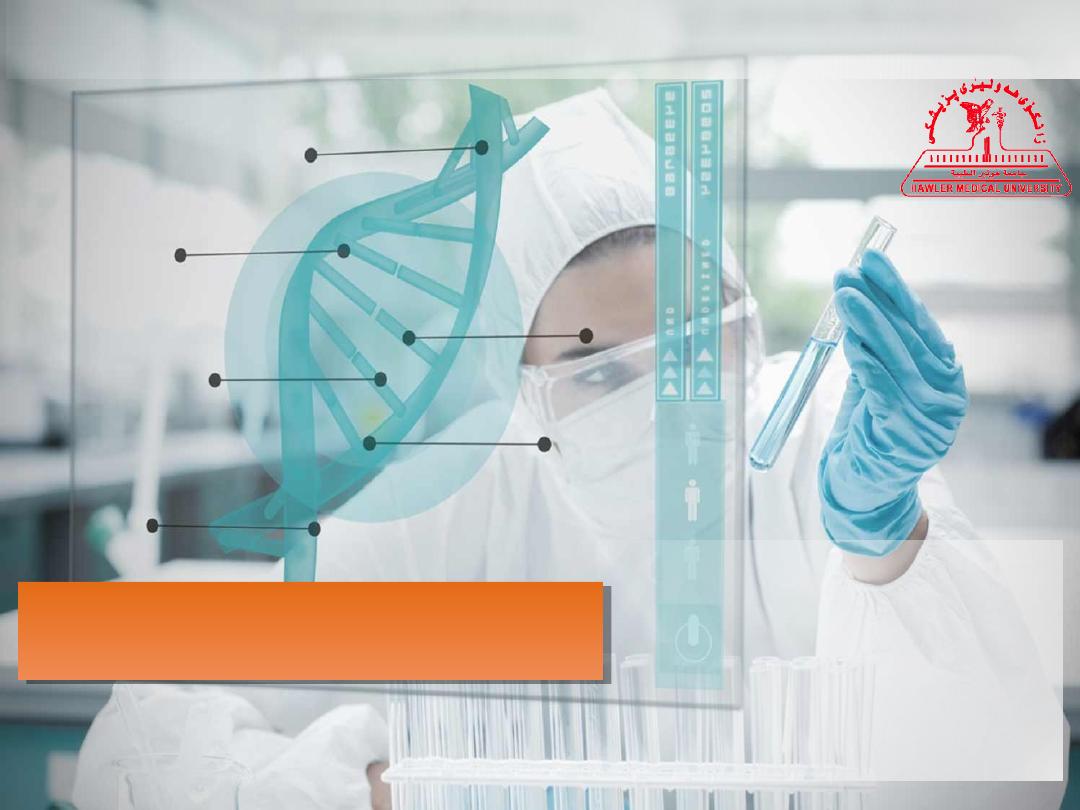
Lab.7 2
nd
stage
Hawler Medical University
College of Health Sciences
Clinical Biochemistry Dept.
Ass. Lec. Amer Ali Khaleel
(M.Sc. Medical Immunology)
Electrochemiluminescent (ECL)
Technology
Electrochemiluminescent (ECL)
Technology
Practical Immunology and Serology
04/22/16
1

Introduction:
• The last years have seen the development and refinement of many
new immunoassay measurement principles and systems.
• The major trend has been away from liquid phase assays with radio
isotopic labels, and toward fast solid-phase assays based on
monoclonal antibodies.
• This development is moving further towards precise and reliable non-
isotopic, automated or semi automated assays with detection limits
low molecular weight.
• This new technology has many distinct advantages over other
detection systems.
04/22/16
2

Electro-chemiluminescence (ECL)
Technology
04/22/16
3
“ Electro” refers to electrical stimulation.
“Chem” indicates a chemical reaction.
“Luminescence”means “produces light.”
=Electrochemiluminescence (ECL)

ECL Assay
Principles:
• ECL processes are known to occur with numerous molecules including
compounds of
ruthenium
,
osmium
,
rhenium
or other elements.
• The development of ECL immunoassays is based on the use of a
ruthenium chelate as the complex for the development of light.
• The chemiluminescent reactions that lead to the emission of light from
the ruthenium complex are initiated electrically rather than
chemically.
• This is achieved by applying a voltage to the immunological complexes
(including the ruthenium complex) that are attached to Streptavidin –
coated micro particles, Streptavidin, isolated from Streptomyces
avidinii is preferred to avidin
04/22/16
4

ECL Assay Principles:
• Three test principles are used for the estimation of analytes and
antibodies in the samples:
1-Competitive principle for extremely small analytes.
(such as FT3, FT4, Cortisol, Testosterone, Estradiol and others).
2-Sandwich principle for larger analytes and
(such as, Thyroid stimulating hormone (TSH), Follicle stimulating
hormone (FSH), Luteinizing hormone (LH) and others).
3-Bridging principle to detect antibodies in the sample.
(such as detect antibodies, (e.g. IgG, IgM and IgA).
04/22/16
5

Principle of ECL:
• The sequences of the reactions involved are given below
with FT3 (Hormone) as an example.
• In the first step, sample and a specific anti – T3 antibody
labeled with a ruthenium complex are combined in the assay
cup.
• After the first incubation, biotinylated T3 and Streptavidin- -
coated paramagnetic micro particles are added. The still free
binding sites of the labelled antibody become occupied with
the formation of an antigen – hapten complex. The entire
complex is bound to the micro particle via interaction of
biotin and streptavidin.
04/22/16
6

• After the second incubation, the reaction mixture containing the
immune complexes is transported into the measuring cell. The immune
complexes are magnetically entrapped on the working electrode, but
unbound reagent and sample are washed away by a system buffer.
• In the ECL reaction, the conjugate is a ruthenium based derivative and
the chemiluminescent reaction is electrically stimulated to produce
light. The amount of light produced is indirectly proportionately to the
amount of antigen in the patient sample.
• Evaluation and calculation of the concentration of the antigen (FT3) are
carried out by means of a calibration curve that was established using
standards of known antigen concentration.
• All These Steps Done Fully Automated Not Manually OR semi-
manually.
04/22/16
7

04/22/16
8
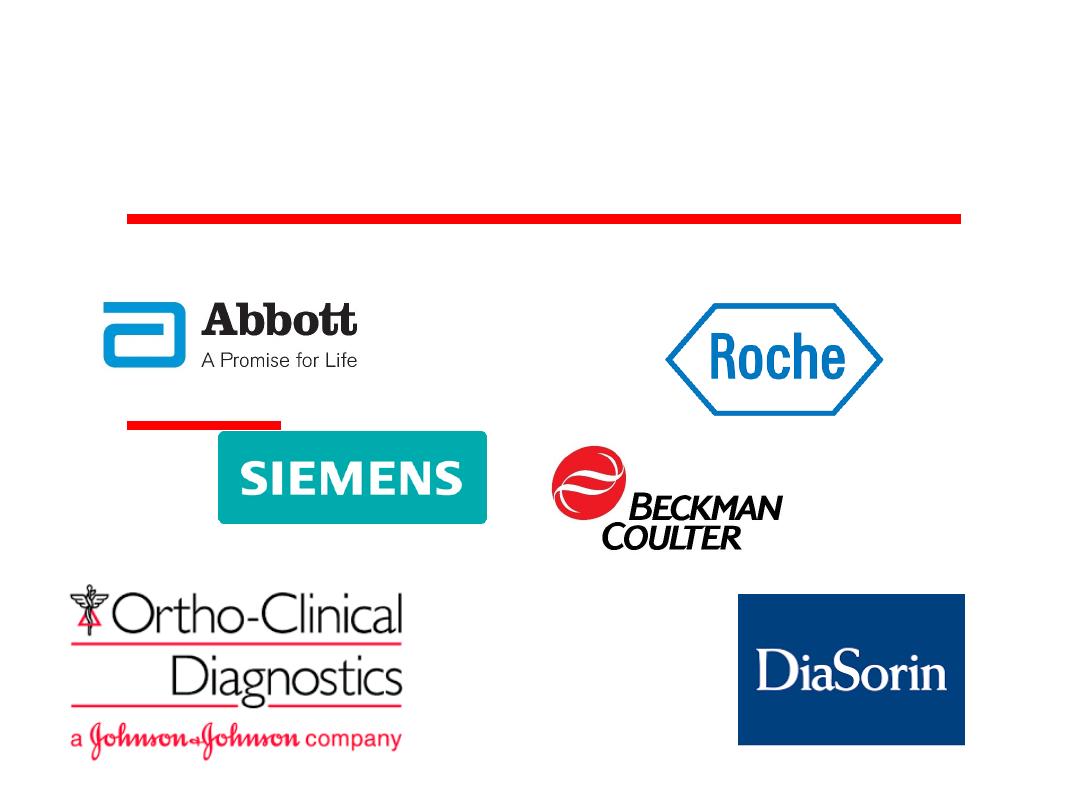
Instrumen
ts
04/22/16
9
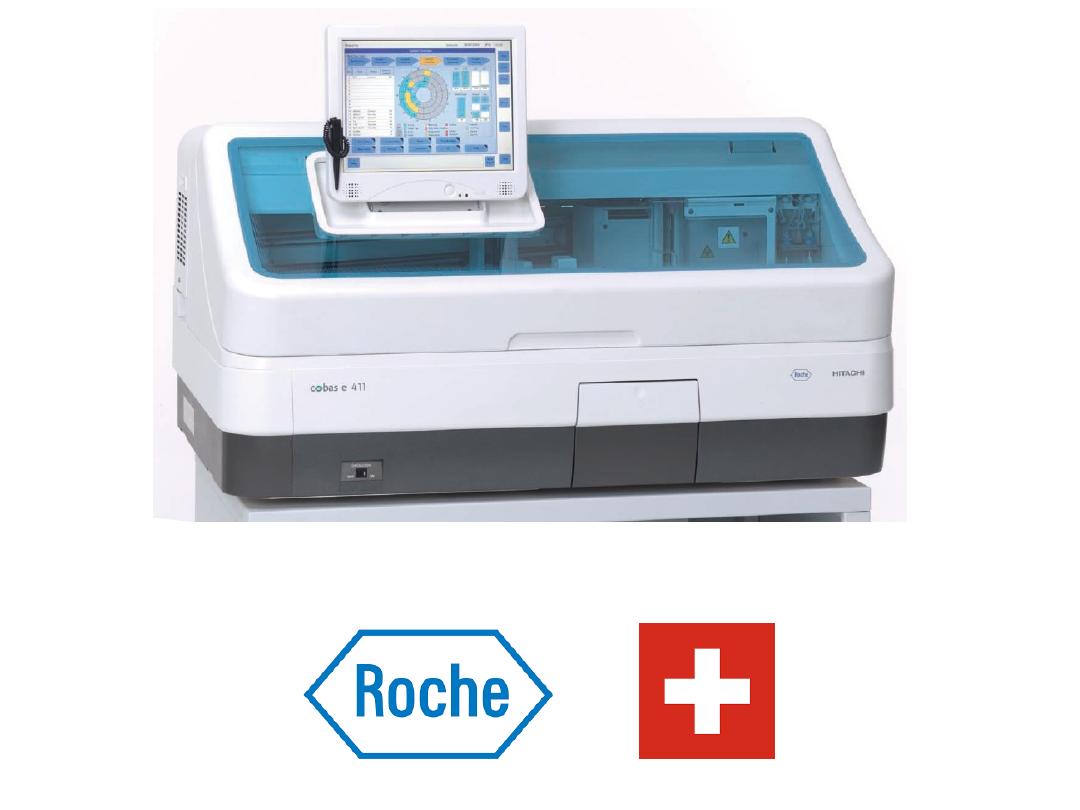
Cobas e 411
04/22/16
10

LIAISON
®
XL
04/22/16
11
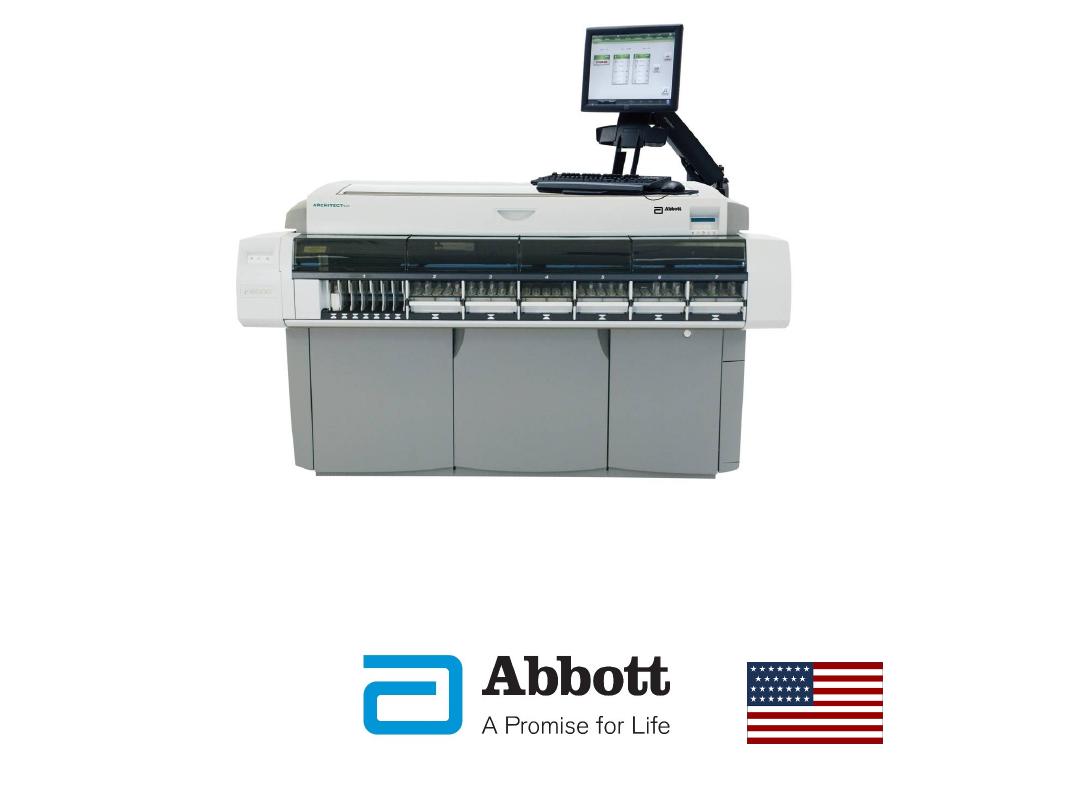
ARCHITECT c16000
04/22/16
12
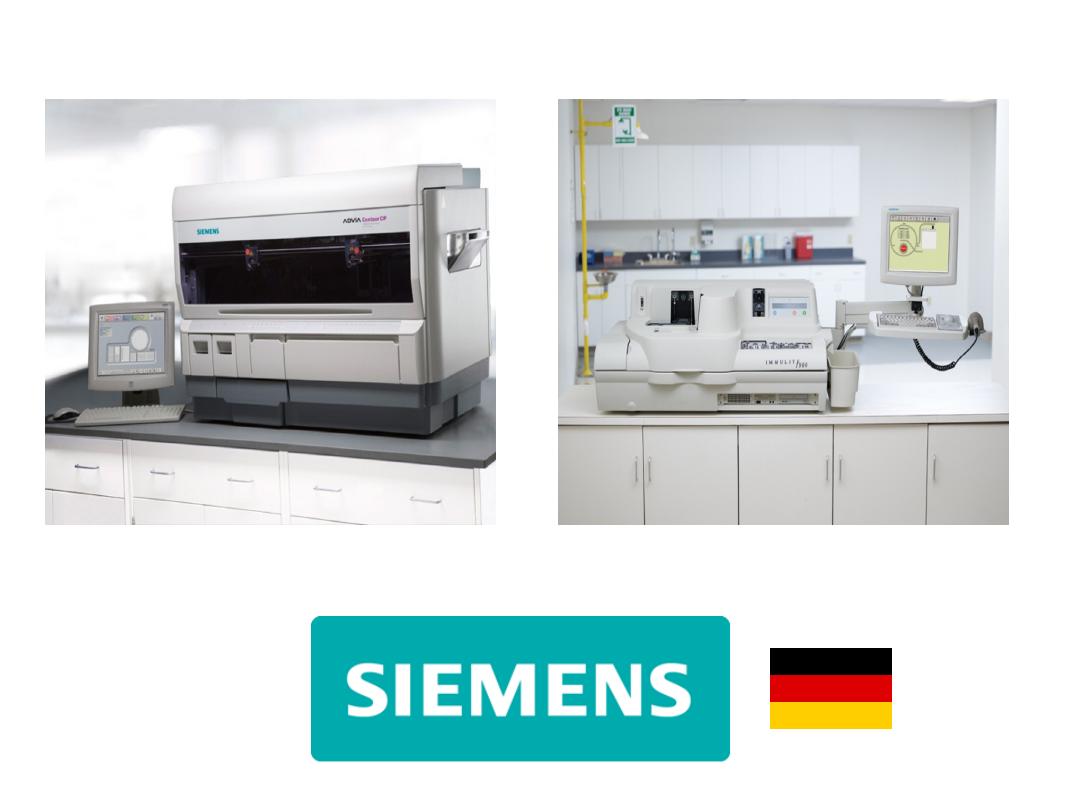
Immulite
1000
Advia Centaur XP
04/22/16
13
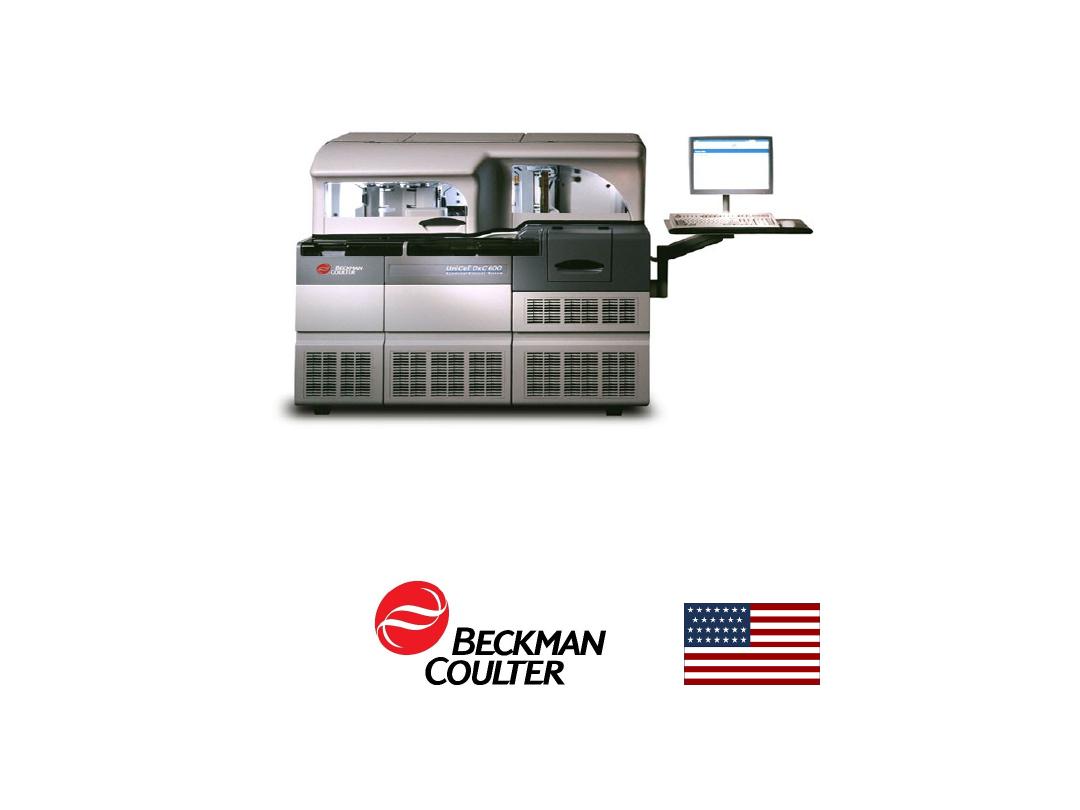
UniCel DxC 600 Synchron Clinical Systems
04/22/16
14
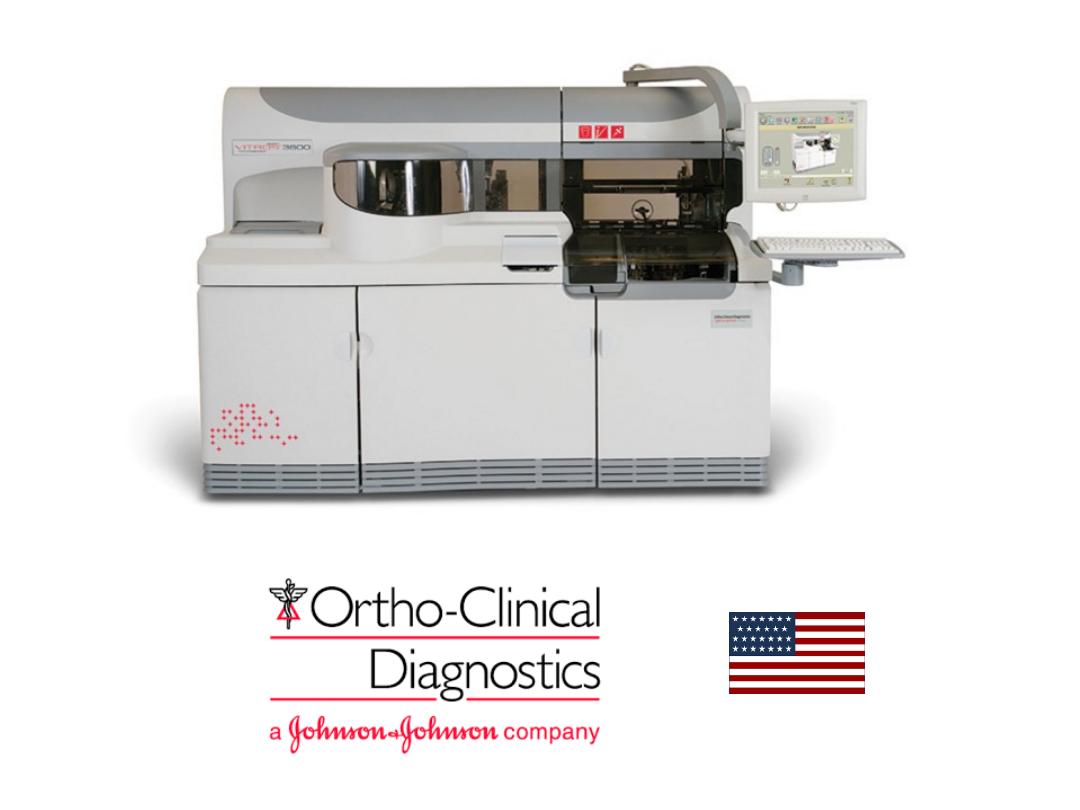
VITROS 3600 Immunodiagnostic System
04/22/16
15

Advantages of ECL:
1. Excellent sensitivity, comparable to EIA and RIA.
2. No radioisotopes are used.
3. Measurement is simple and rapid.
4. The reagents are stable and relatively nontoxic.
5. Easy to use: Immunoassay method similar to conventional ELISA, but quicker.
6. ECL is a highly successful detection system that achieves clinical quality data in
a variety of sample types, including cell supernatant, serum, plasma, and
whole blood.
7. ECLs are simple and relatively inexpensive.
8. This technology has begun to be more widely applied to immunologic testing
and has great potential for the future.
9. The advantage of electrically initiating the chemiluminescent reaction is that
the entire reaction can be precisely controlled.
10. Applicable for the detection of all analytes providing a solid platform for menu
expansion
04/22/16
16

Limitations:
•False results may be some biological materials
such as urine or plasma cause quenching of the
light emission.
•Not good for Viral marker determination.
04/22/16
17

Applications of ECL (Assay menu):
In vitro diagnostics testing:
•Thyroid Function
•Hormones
•Anemia
•Tumor Markers
•Cardiac Markers
•Bone Markers
•Infectious Disease
•Others
04/22/16
18

A
ny
Q
ue
st
io
ns
04/22/16
19
